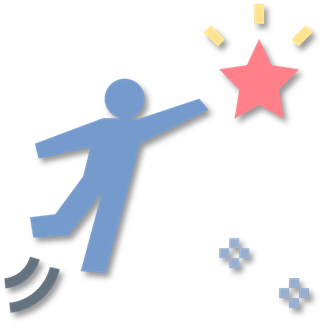Use Case 1:
A relative comes to visit
| Topic | Question | Answer |

Stakeholders | What users/stakeholders are involved in your use case? (if there are many, choose 3 max to focus on) Please add the name, age, gender, and one hobby (i.e. a first step towards the identification of personas). | - Person with Dementia (PwD):
Betty (mother), 85 years old, likes discussing different kinds of tea and playing bridge. She is generally a pretty stubborn person and likes to do things her own way. - Relative:
Kees (son), 55 years old, likes cycling and langlaufen. He is generally not very extraverted or care-oriented.
|

Stakeholders' goal | What do these people want to achieve? | - PwD:
She wants to be able to organize and take care of her own life. She wants to remain independent while maintaining her social contacts well. - Relative:
He wants to visit his mother without having to organize much or check in with her.
|

Values and motivation | Why do these people want to achieve this? - What are the main drivers?
- Which values are relevant (e.g., fairness, equality, autonomy, …)?
| - PwD
Motivation:
She wants to be able to prepare a relative visting. She wants to make her guest feel welcome and not have to rely on the visiting relative to take care of the visit.
Values: - Relative:
He wants to be able to not worry about taking care of his mom. He wants to keep up his social connection with his mom.
Values:
|

Role, task and context | What is humans' role in the overall task performance or activities? (e.g., think about the responsibilities) What are the main tasks or activities of these people? (Note that the roles, tasks or activities of humans can change due to the introduction of new technology) Which context factors have a major effect on the performance or activities? | PwD
Responsibility:
It is the patients' responsibility to make sure that they are home, and not plan anything else during that visit. It is also their responsibility to prepare the visit by remembering information about the visiting relative and prepare their home (groceries, cleaning, etc.).
Context:
The patient lives alone, in their own home. The relative lives quite far away from the patient, making a visit rare/special. The frequency of the visit also determines the amount of effort the patient might want to put in.
Task:
|




